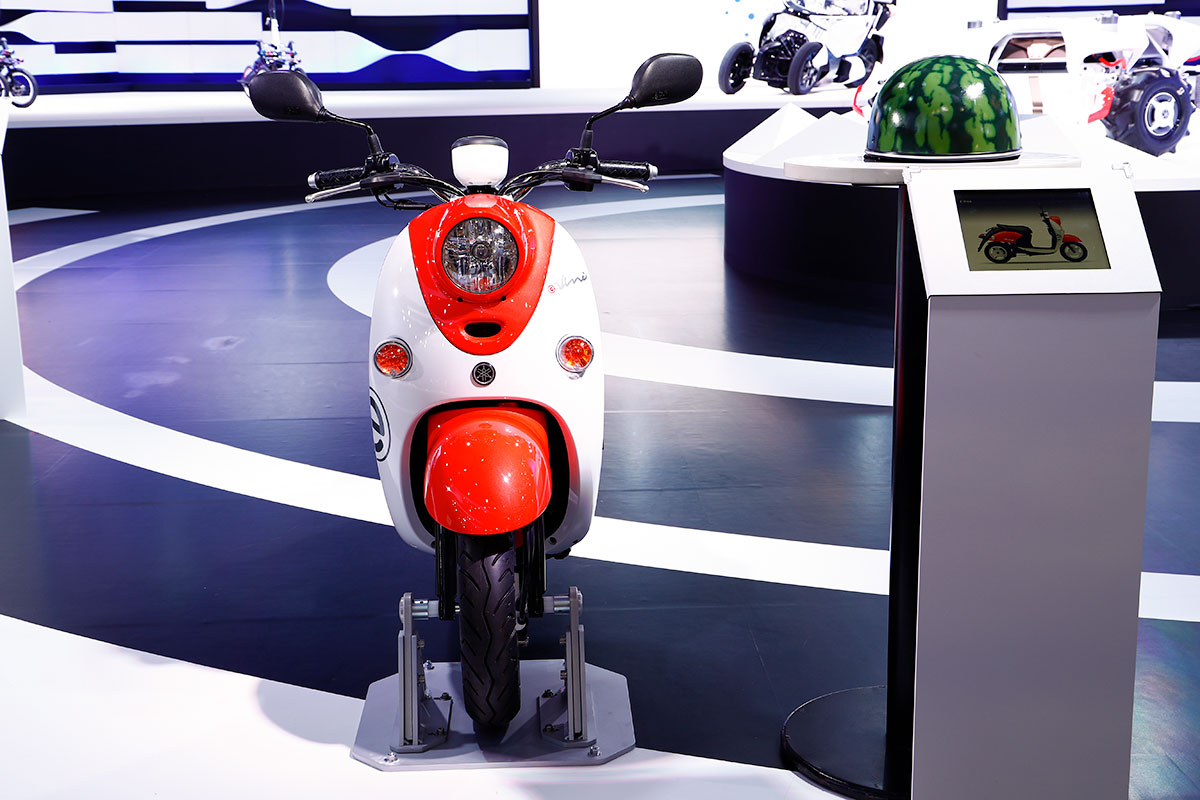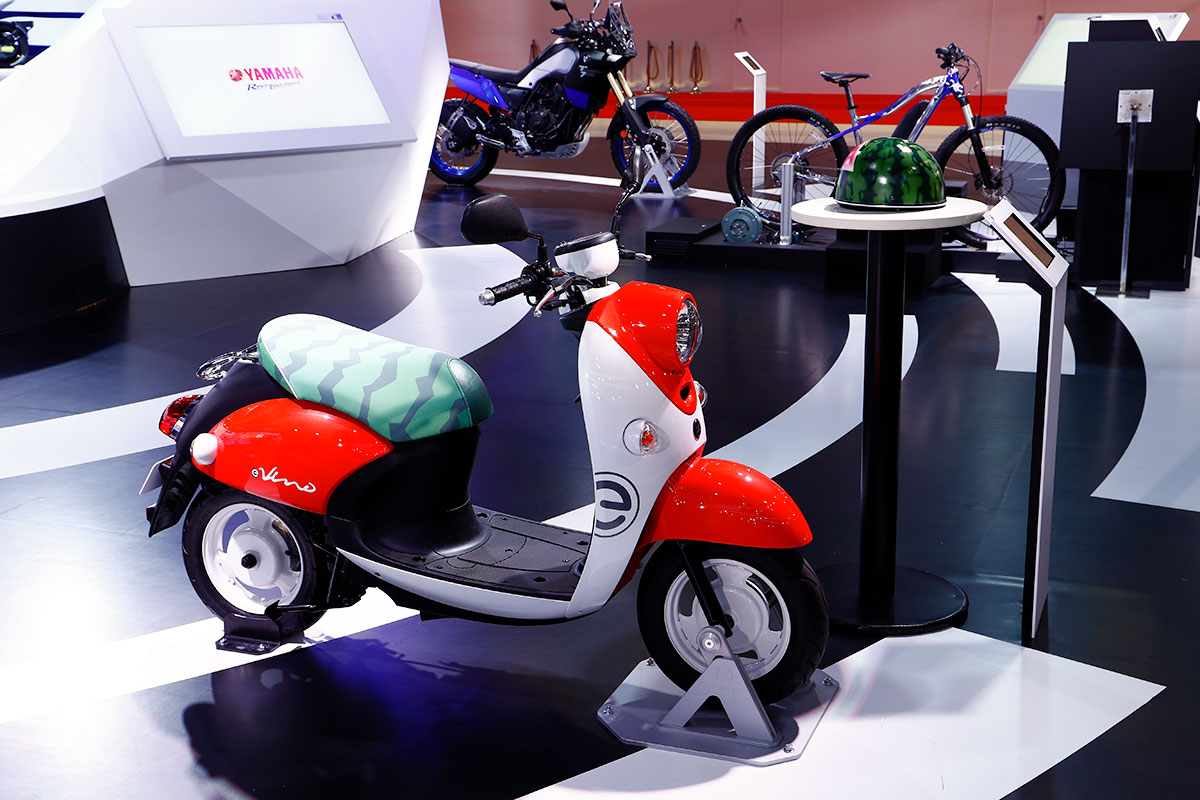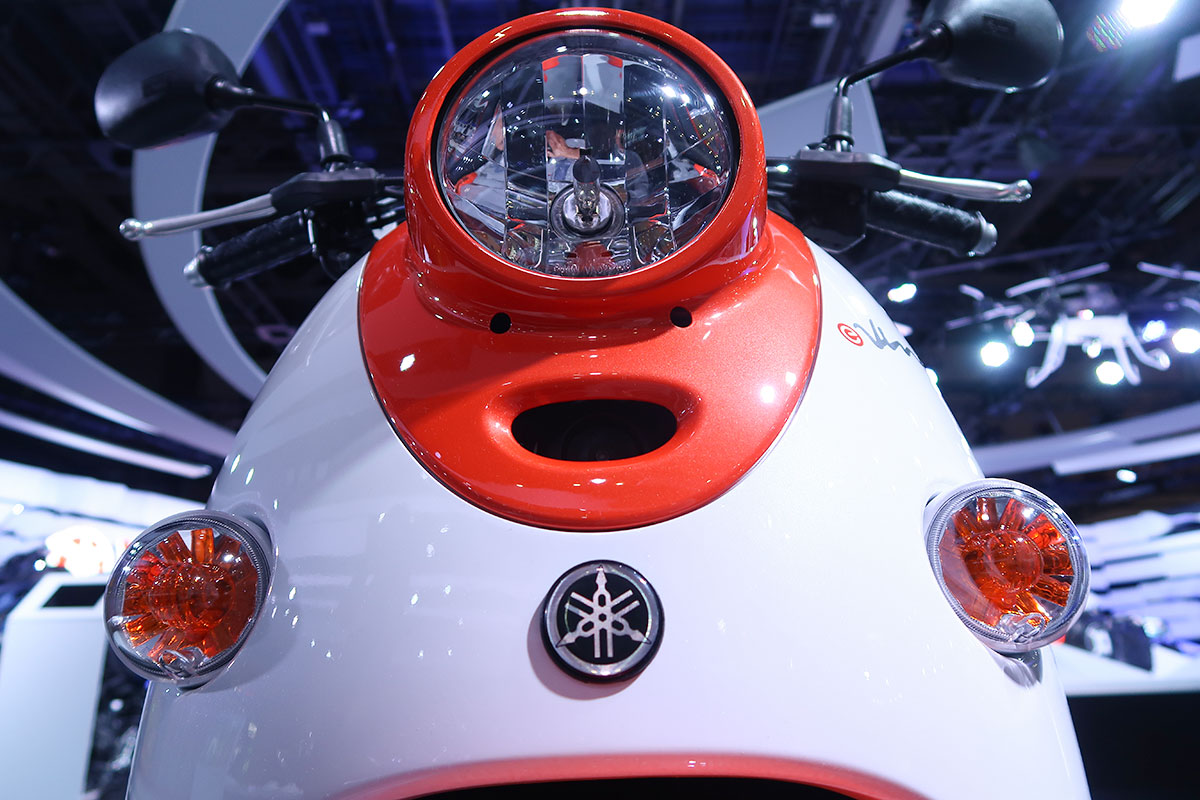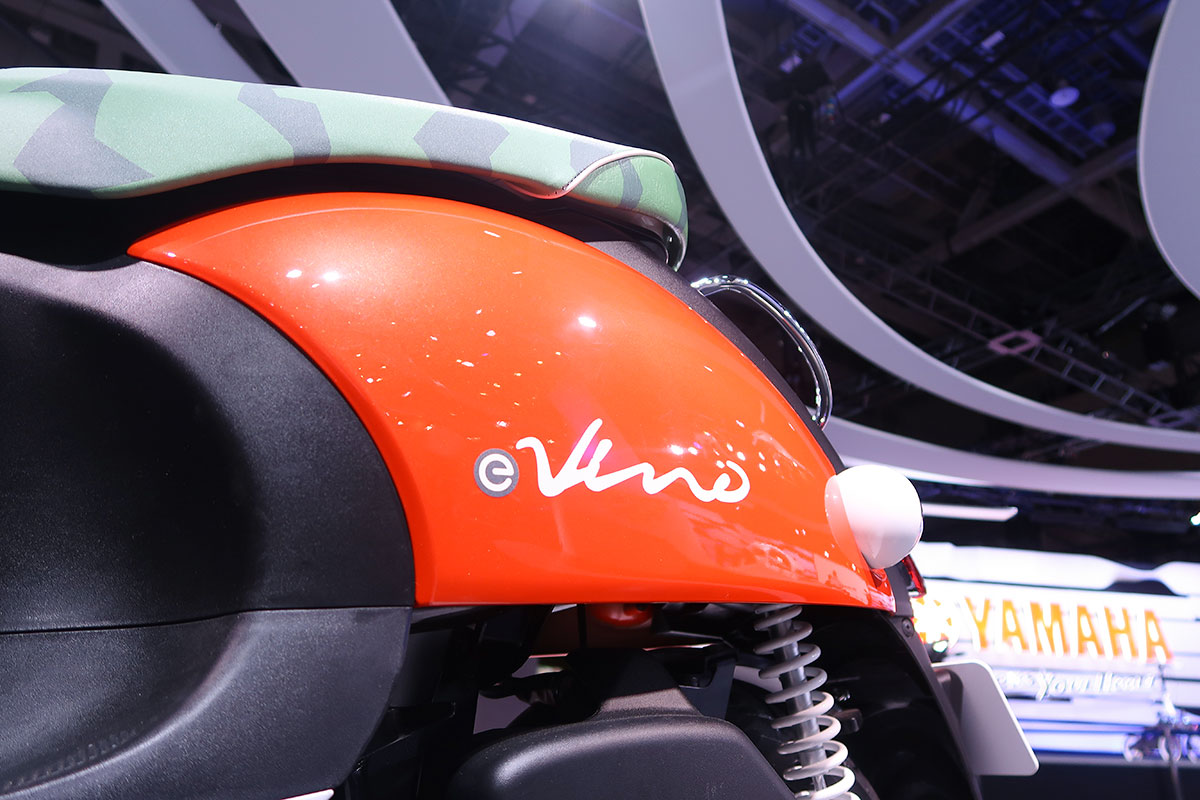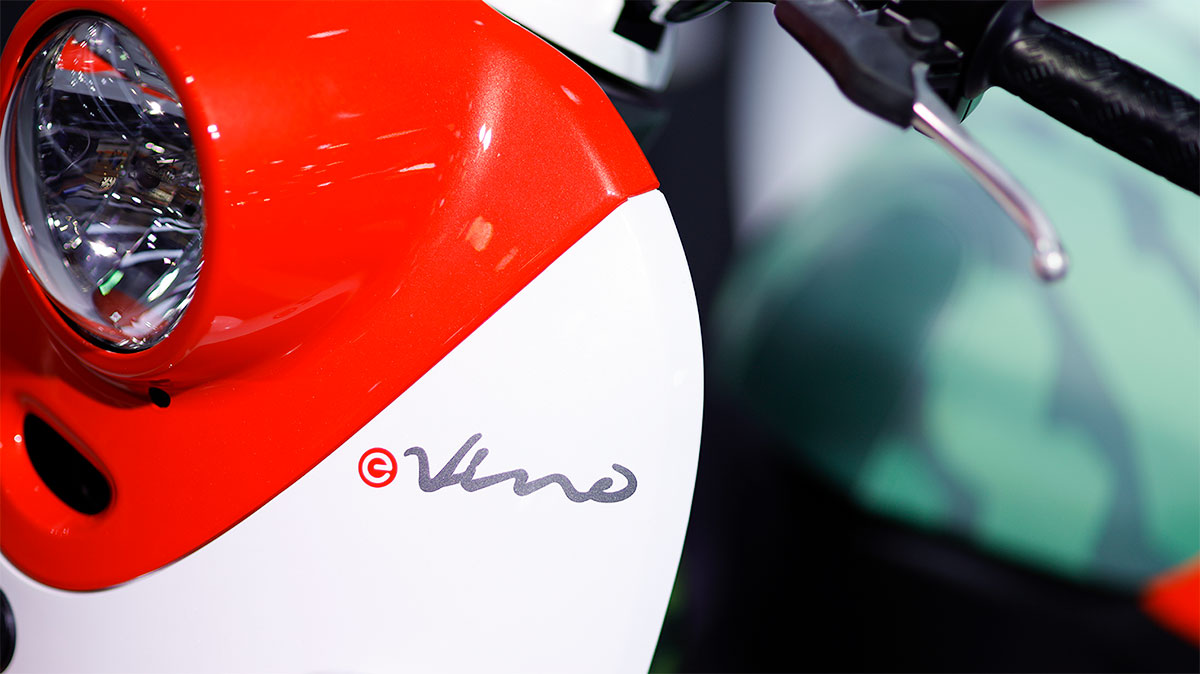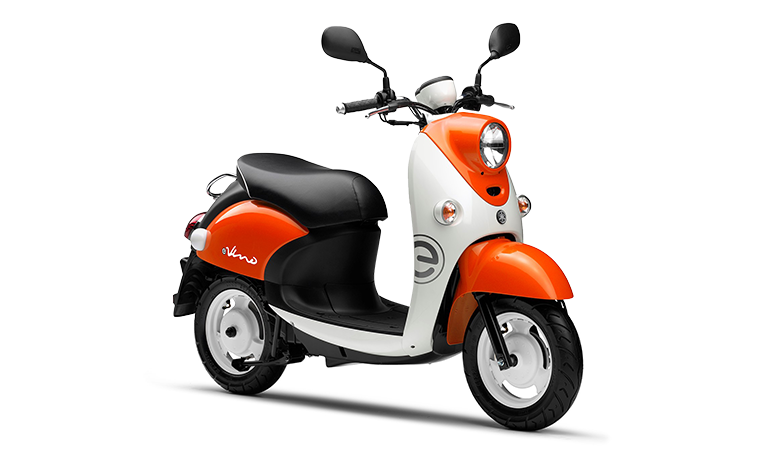Yamaha has introduced the e-Vino all-electric vehicle in the Japanese market. The motorcycle was showcased at the 46th Tokyo Motor Show. The new e-Vino is priced at JPY 259,600 and qualifies for the subsidies provided by the Japanese government which also saves more money, but the person must keep the electric vehicle for at least three years. The Yamaha e-Vino is targeted towards customers looking for eco-friendly, affordable and sustainable last-mile connectivity solutions.
The Yamaha e-Vino is based on the popular retro-pop-styled Vino 50cc scooter, with an electric powertrain. In terms of design, the e-Vino features a rounded headlamp that pops out of the front apron, front apron mounted turn indicators, retro-style shroudless handlebar, a pod-style instruments cluster, a full fender, retro-styled rear apron, single bench seat, and retro-styled wheels.
The Yamaha e-Vino is powered by a 0.58kW electric motor coupled to a 50V/10AH lithium-ion battery that takes 3 hours to recharge and provides a range of 30 kmph on a single charge. The Yamaha e-Vino tips the scales at only 68 kgs. With an optional spare battery pack, the range can also be bumped up to 58-60 km. The range is typical of a commute to school or workplace and with only 3 hours to charge the EV can also be charged in between the commute.
Currently, the e-Vino has been launched only in the Japanese market and more markets such as Taiwan with electric ecosystems are expected to join in soon. As for the European market, the e-Vino could be introduced there as well, as patent images of the electric scooter had appeared on the European Intellectual Property Office and were published on 4th November 2020. Such applications not a guarantee that the EV will make it to the market but chances are high. Yamaha should also consider India as an option, as the market is developing the electric ecosystem with the Government of India encouraging the shift towards electric mobility by offering subsidies to the electric vehicle manufacturers.
